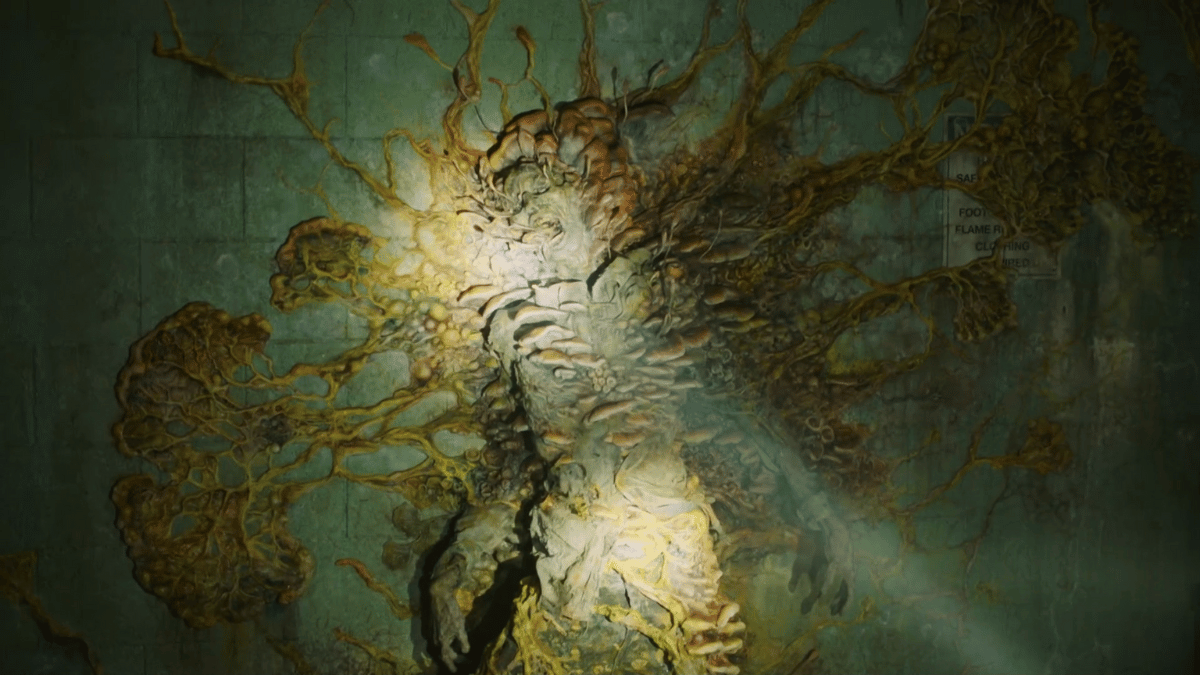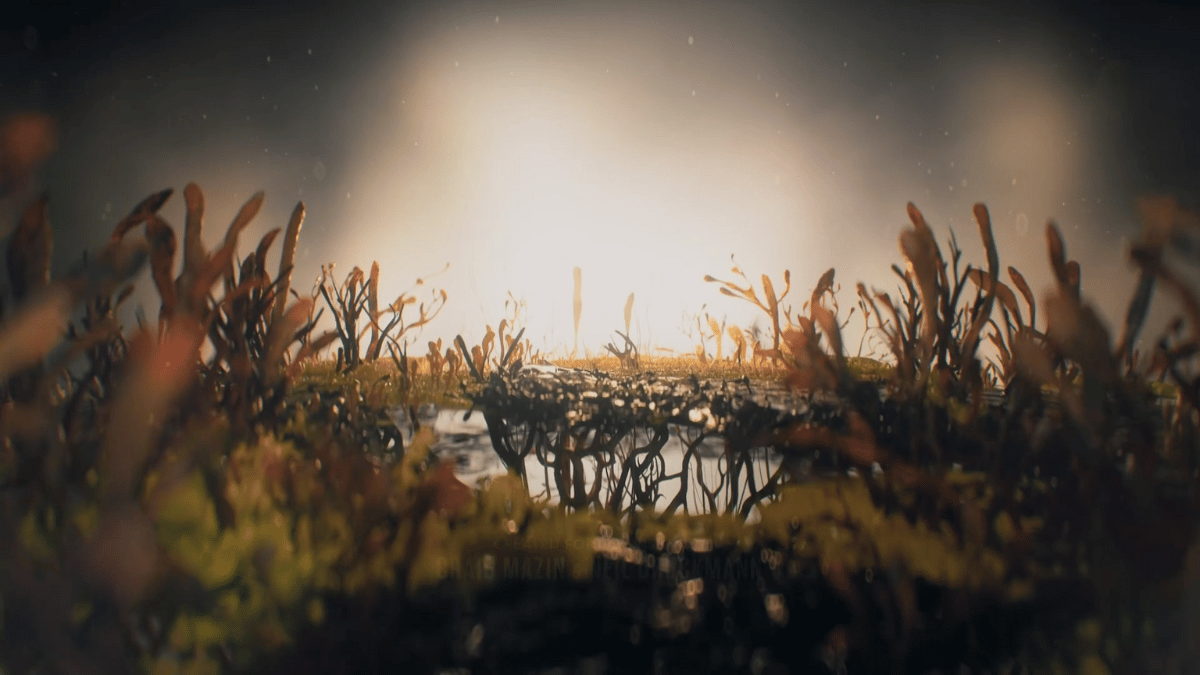Warning: the following article contains spoilers for The Last of Us epsiode two, ‘Infected’.
When The Last of Us made its debut on HBO last week, it didn’t pull any punches in its portrayal of a fictional, albeit plausible, world-ending pandemic in which the living dead roam the streets, in the process terrifying audiences the world over.
In episode two titled Infected, another cold opening involving Indonesian Professor of Mycology Ibu Ratna, as well as our core characters Joel, Tess, and Ellie, get up close and personal with a number of the infected. In the process showrunners Craig Mazin and Neil Druckmann further lift the veil on how their version of the cordyceps infection works.
While HBO’s take on cordyceps doesn’t exactly align with how it was presented in The Last of Us video game, it is still unique enough to keep things interesting, without completely backflipping on the ideas that gave life to this year’s hottest TV series so far.
So without further ado, here’s everything you need to know about cordyceps: from real-world science, to the video game, and how the show puts it all together. Consider this your second and final spoiler warning, because we’re going to be noting some exposition from the second episode of The Last of Us below.
Cordyceps in The Last of Us, explained

Cordyceps is a real-world genus of around 600 different species of fungi which are primarily found in mountainous regions around Asia. The cold opening of The Last of Us premiere didn’t exaggerate its origins; these parasitic fungi invade the brains of its hosts, which in reality, are thankfully limited to ants and other insects. Believe it or not, humans use cordyceps in a number of different nutritional supplements.
One species of the parasitic cordyceps fungus is seen in terrifying real-world action against a colony of bullet ants in Planet Earth. Incidentally, this clip also served as a part of the core inspiration behind Neil Druckmann and Naughty Dog’s original virus in the 2013 game.
Fungus from The Last of Us
The cordyceps fungus as depicted in The Last of Us video game works similarly to how it affects ants in the above clip, bar infected individuals chasing down and chomping on their peers. Once the cordyceps fungus has killed its host, it then sprouts a body from the cadaver which releases spores that infect any individual of the same species as the dead host, if they are in the vicinity.
The Last of Us as we know it in the HBO series does away with spores, seemingly because a simple solution to stopping this take on cordyceps in its tracks would be to wear a mask. In a post COVID-19 world, this doesn’t exactly make for riveting television.
Instead, cordyceps hosts in The Last of Us show are connected to a hivemind. As Tess explains to Ellie, and we see in practice later in episode two, harming any form of living cordyceps (be it as simple as stepping on a vein of the fungus) within its immediate network alerts all other infected hosts within the vicinity, to the site where it was harmed.
What the The Last of Us series does appear to share with the video game to some degree, is the various stages of cordyceps infection. Joel, Ellie and Tess come across clickers, the third stage of infection, during the second episode.

